Koala Genome Sequenced
The full koala genome has been successfully sequenced. The highly accurate genomic data will provide information to inform habitat conservation, tackle diseases and help ensure this iconic animal’s long-term survival.
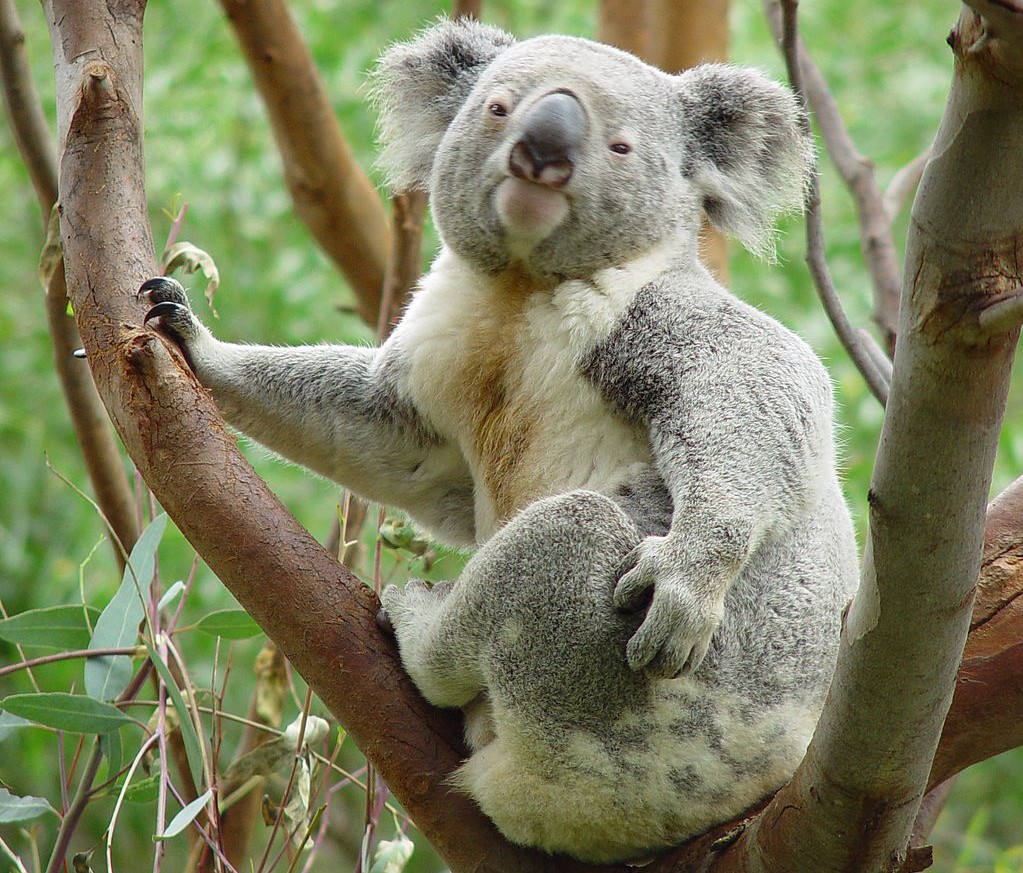 Image: By BurningWell [Public domain], via Wikimedia Commons
Image: By BurningWell [Public domain], via Wikimedia Commons A team of Australian and international scientists have made a significant break-through successfully sequencing the full koala genome, with the findings published in the journal Nature Genetics.
Considered to be the most complete marsupial genome sequenced to date, it is in terms of quality, on par with the human genome. The highly accurate genomic data will provide scientists with new information that will inform conservation efforts, aid in the treatment of diseases, and help to ensure the koala’s long-term survival.
Professor Rebecca Johnson, Director of the Australian Museum Research Institute, said: “The Koala Genome Consortium has been an ambitious journey affording us great insights into the genetic building blocks that make up a koala – one of Australia’s, as well as the world’s, most charismatic and iconic mammals. This milestone has come from our vision to use genomics to conserve this species. The genetic blueprint has not only unearthed a wealth of data regarding the koalas unusual and highly specialised diet of eucalyptus leaves, but also provides important insights into their immune system, population diversity and the evolution of koalas,” she said.
Co-lead author from the University of Sydney, Professor Katherine Belov said: “The genome provides a springboard for the conservation of this biologically unique species.”
The Australian led consortium of scientists comprised 54 scientists from 29 different institutions across seven countries. They have sequenced over 3.4 billion base pairs and more than 26,000 genes in the Koala genome – which makes it slightly larger than the human genome. The koala genome has been sequenced to an accuracy of 95.1%, which is comparable to that of the human genome, and unlocking the genomic sequence gives scientists unprecedented insights into the unique biology of the koala.
According to Professor Belov, one important discovery was the characterisation of the composition of koala milk. Like all marsupials, koalas do the majority of their development in the pouch. They are born without an immune system after 34-36 days gestation and spend around 6 months developing in the pouch.
“We characterised the main components of the mothers’ milk – which is crucial for koala joeys – born the size of a kidney bean and weighing half of one gram. We identified genes that allow the koala to finetune milk protein composition across the stages of lactation, to meet the changing needs of their young. Thanks to the high-quality genome, the team was able to analyse and discover koala-specific milk proteins that are critical for various stages of development. It also appears these proteins may have an antimicrobial role, showing activity against a range of bacterial and fungal species, including Chlamydia pecorum, the strain known to cause ocular and reproductive disease in koalas,” she said.
Chlamydia causes infertility and blindness and has severely impacted koala populations in New South Wales and Queensland. Using information gained from the koala genome, scientists hope to develop a vaccine to fight diseases like Chlamydia.
Professor Peter Timms, from the University of the Sunshine Coast, said: “In addition to Chlamydia, the other major infection that is threatening the species is koala retrovirus (KoRV), however very little is presently known about it. The complete koala genome has been instrumental in showing that an individual koala can have many (more than a hundred) insertions of KoRV into its genome, including many versions of KoRV. This information will enable to determine which strains of KoRV are more dangerous and to assist with our development of a KoRV vaccine.”
One of the most threatening processes to koala survival is loss of habitat through land clearing and urbanisation which results in a reduction of habitat connectivity, reduced genetic diversity and puts koalas at high risk of inbreeding. The results of inbreeding can be highly detrimental to survival of those koala populations as it leads to reduced genetic diversity.
Professor Johnson says: “For the first time, using over 1000 genome linked markers, we are able to show that NSW and QLD populations show significant levels of genetic diversity and long-term connectivity across regions. Ensuring this genetic diversity is conserved in concert with other conservation measures to protect habitat, reduce vehicle strikes, dog attacks and disease, are the keys to the long-term survival of the koala.”
Dr Graham Etherington from the Earlham Institute, said: “With its puppy-dog looks, the koala is an internationally recognised species. But this iconic Australian marsupial is not just a pretty face. The koala genome assembly is by far the most comprehensive marsupial genomic resource to date, which allows us an insight into how this unique animal came to be and provides us with information about potential threats to its survival. It also provides us with an excellent platform to launch further marsupial genome projects that could look into potential genetic reservoirs of previously unknown anti-microbial genes that could be leveraged for human health. Additionally, it provides us with an incredible amount of information about genetic diversity across different populations of koalas that can be used as a benchmark for further studies on other endangered marsupial species.”
This genomic sequencing represents the new generation of science-based conservation policy as it has already been integrated as an important pillar into the NSW Koala Strategy 2018. Additionally, all of the sequence data generated by The Koala Genome Consortium has been deposited into public databases and made freely available to scientists around the world.
“Not only does open data promote the best interests of science, it also maximises the benefits that the koala populations, and the public, receive from such research,” Professor Johnson says.
Their unique and highly specific diet of eucalyptus (gum) tree leaves, has resulted in koalas being especially vulnerable to habitat loss due to the clearing of native vegetation for agriculture and urban development. The Australian Federal government lists koala populations in Queensland, New South Wales and Australian Capital Territory as ‘vulnerable’ under national environment law.
Professor Johnson adds: “Our next efforts must be in the application of these findings to genetically manage koala populations, advance the treatment of the diseases affecting koalas, with the goal of conserving this very important species.”

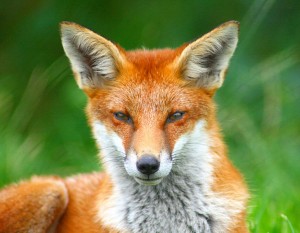
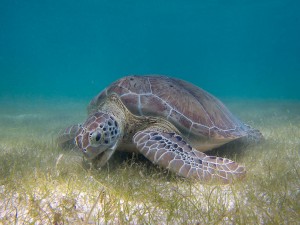
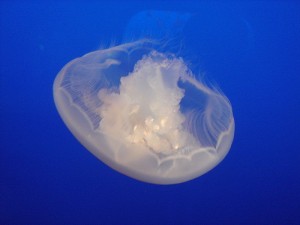
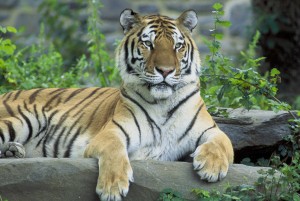
Sorry, comments are closed on this post